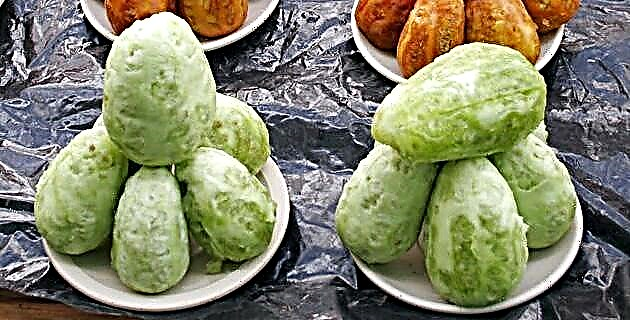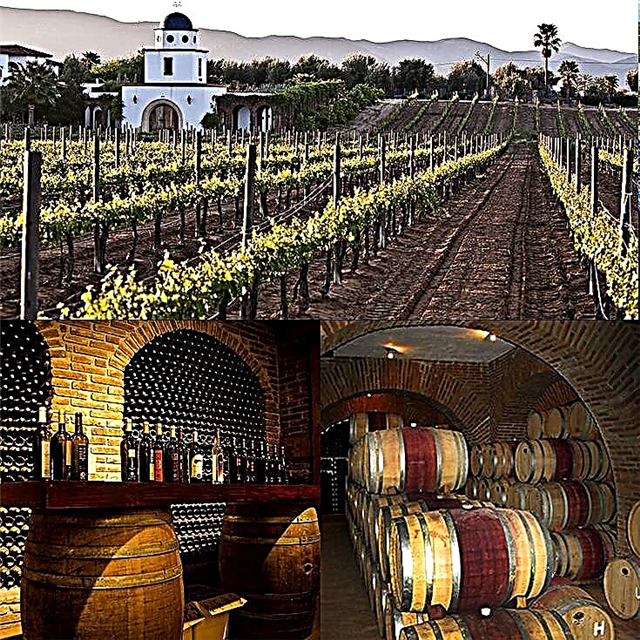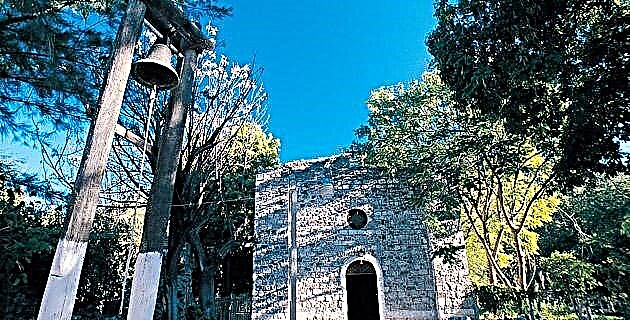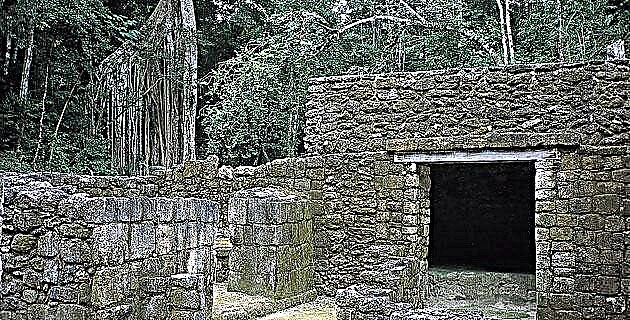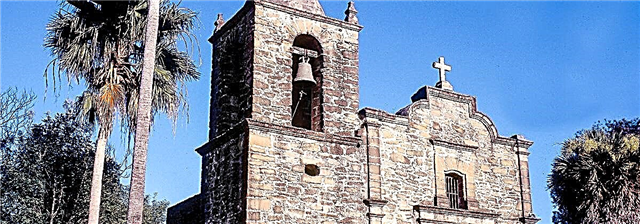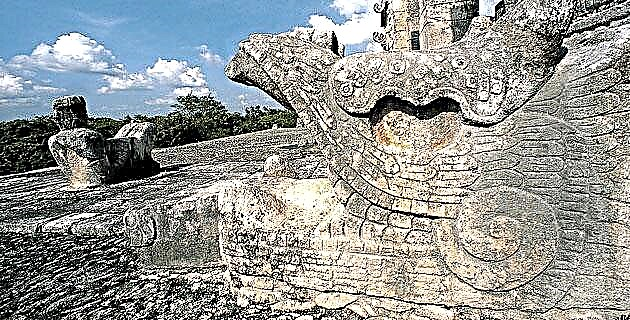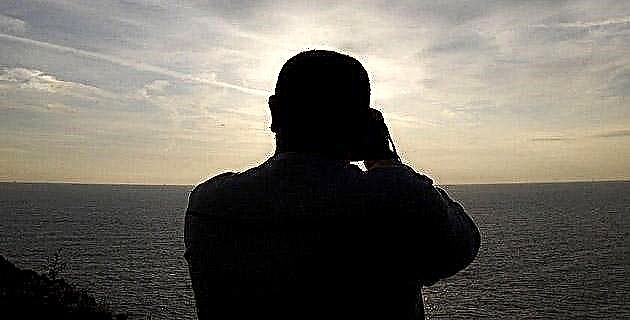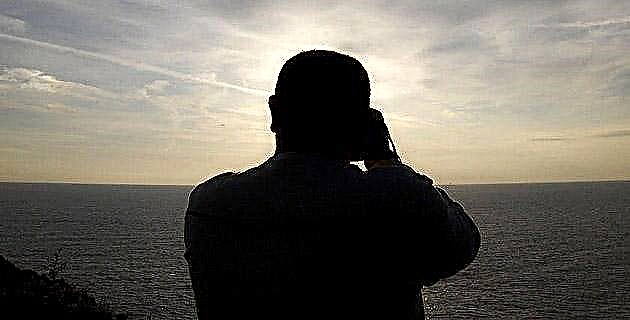
One more day at the office; Cameras, reels of film of different sensitivities, plane tickets are being prepared and an always fascinating destination to be discovered in the sights.
As is the Altar desert, in Sonora, the Sea of Cortez and the Baja California peninsula, the Western and Eastern mother mountains, the sacred volcanoes of Mexico: Iztaccíhuatl and Popocatépetl, the jungles of Chiapas or the cenotes and sites archaeological sites of the Yucatan peninsula. Walking for hours or days through jungles, deserts, caves and mountains enduring inclement weather, snow and sand storms, torrential rains, freezing temperatures, fatigue, tiredness, long waits in muddy pools infested with vermin, always waiting or on the lookout for all those wonderful moments that nature offers us and that through the lens we capture that unrepeatable moment.
Planning an expedition is not easy: first we must locate our objective or challenge, which may consist of taking a long walk, kayaking, mountain biking, climbing rocks and ice waterfalls and exploring the underground secrets in the bowels. themselves of the Earth.
Here are some tips to help you improve your images on the next expedition.
PHOTOGRAPHIC EQUIPMENT
There is no photographic equipment that can withstand such harsh working conditions; every year more than one photographer destroys their cameras for different reasons (falls into water, humidity, excess dust and sand, etc.).
To cover this type of expedition, you have to carry very good photography equipment. Most photographers use Nikon or Canon, both excellent brands. Canon's autofocus technology is far superior to Nikon; Nikon bodies are sturdier but also heavier, and the latest innovations in lens quality and autofocus are just fine. You always have to carry two bodies: the Nikon F100 is excellent, it has the same functions as the F5, only it is lighter. Some photographers prefer to work with manual cameras, which never fail and survive almost all abuse like the Nikon F3 and FM2; of course you don't have the technological benefits of automatics, and sometimes this makes the difference between a good photo and an excellent one. With an automatic camera you can program everything and only worry about the framing.
The most used models are: Nikon: F5, F100, F90 or N90S; Canon: EOS-1N RS, EOS-1N.
LENSES
The most versatile zoom lenses are 17-35mm, 28-70mm, 80-200mm, preferably F: 2.8, as the quality of these is incredible. The zoom F: 4-5.6 detract a lot, and in low light conditions they do not work. So with these three lenses, plus a 2X teleconverter, you cover from the fisheye with the super wide angle 17-35, up to 400mm, with the 80-200mm zoom, plus the 2X teleconverter.
BACKPACKS
Now comes the question of the millennium: where do I keep my photography and survival equipment? In the market there are several options of very resistant backpacks and all the equipment accommodates and protects perfectly. Some models are good for storing two camera systems; however, they do not have many options to store all the survival equipment, since their space is very limited. Larger models are recommended, even if they are heavier.
So many photographers have decided that it is best to learn to travel light, only carry what is necessary, no luxuries, since these become a torment when carrying them. A good option is to adapt a backpack yourself that covers all your needs; first that it is comfortable with an excellent well-distributed loading system, since it must be loaded all the time, with pockets and exterior closures to store rolls, filters, lenses, etc. You always have to separate your photography gear from your survival gear if you don't want to fill your F100 with chocolate. With countless straps and elastics to tie the tripod, water bottles, climbing equipment, etc. Inside, the equipment must be very well protected with a cushioned compartment system that is also very practical to put in and take out the lenses. Now you are ready to conquer the world.
MOVIE
As with cameras, each photographer has their own decisions: Fuji or Kodak. Most prefer Fuji, as the quality of the Velvia 50 ASA is unmatched, and the Provia 100 F is almost the same quality as the Velvia, only that in ASA 100 this is an excellent film, the equivalent to this in Kodak is Ektachrome– E100 VS professional, offering excellent saturation and contrast. In ASA 400, the Kodak Provia 400 or 400x is recommended for moments of greater action or scarcity of light.
SURVIVAL EQUIPMENT
It is generally made up of food in energy bars; there are those who carry a small gas stove and freeze-dried food to which you only have to add water. The sleepingbag is reduced to a survival blanket, two liters of water, water purification tablets, a dry bag (drybag) to store the equipment in case of storm or when crossing rivers, a compass and maps, a headlamp, a raincoat, and depending on the adventure sport: climbing equipment (harness, descender, lifts, safety rings, helmet); this is also used in caving. In the case of high mountains, an ice ax, crampons and a tent must be added.
Source: Unknown Mexico No. 303 / May 2002
Photographer specialized in adventure sports. He has worked for MD for over 10 years!

